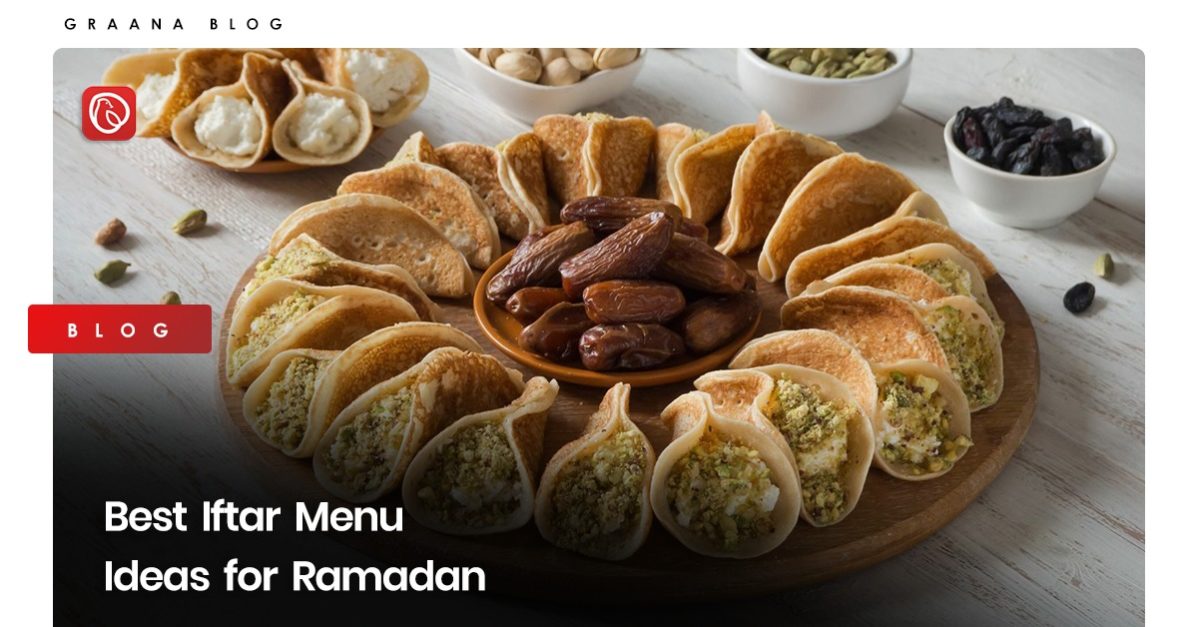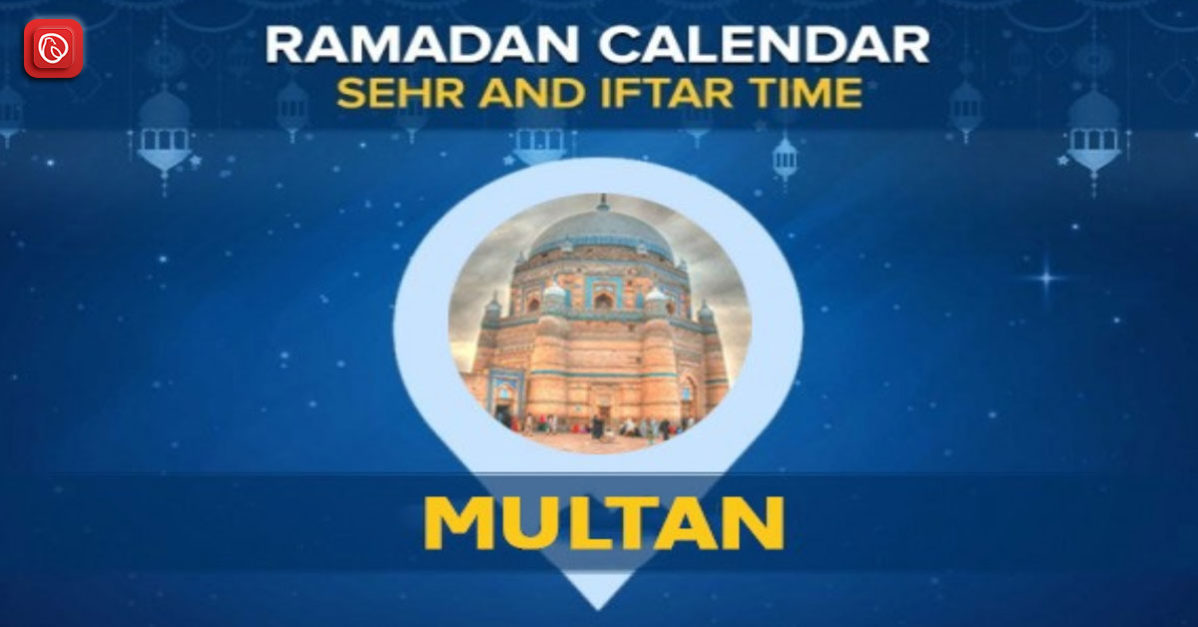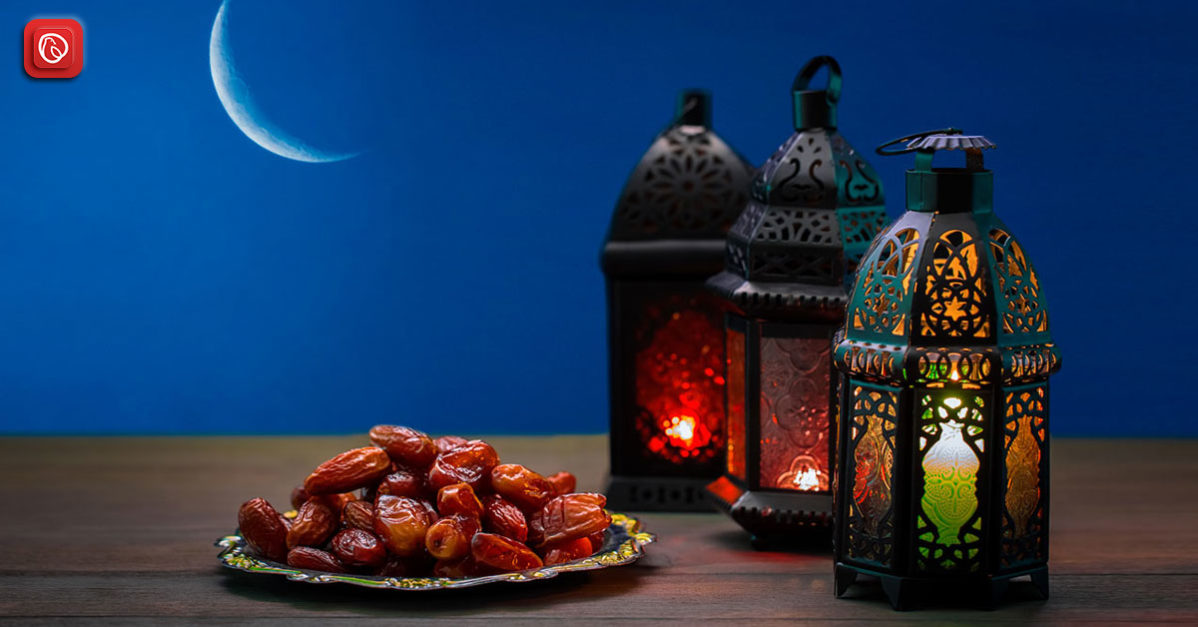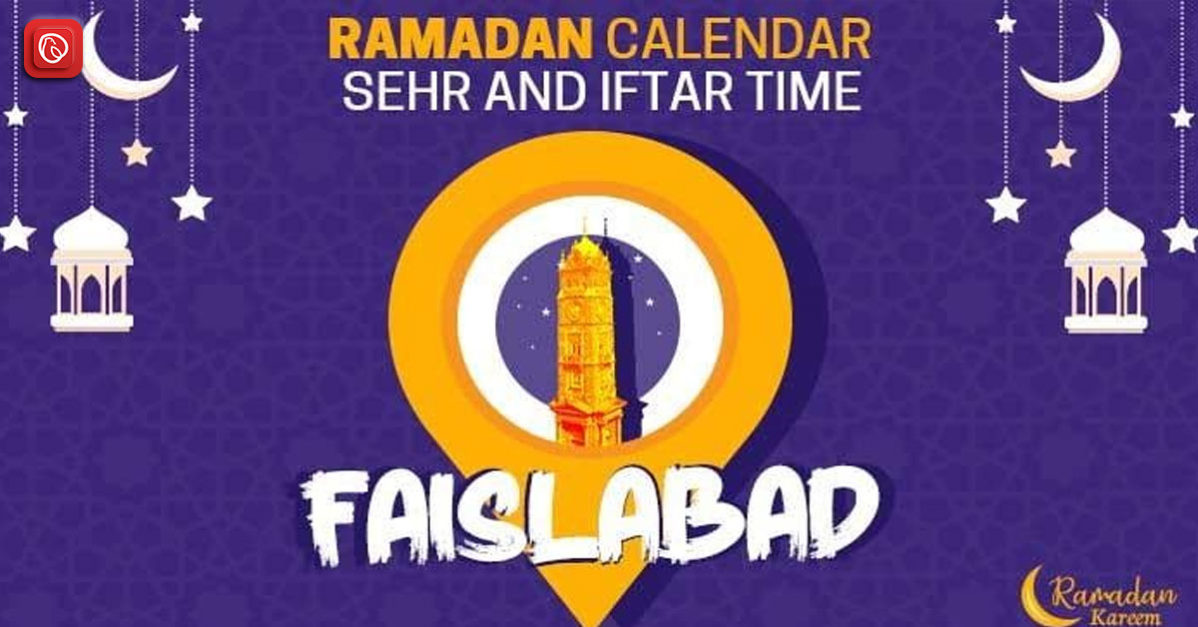As the sun sets during the holy month of Ramadan, Muslims worldwide eagerly wait to break their fast with the evening meal, known as Iftar. Iftar is a crucial part of Ramadan celebration, reflection, and gratitude and holds immense significance in Islamic culture.
It is not only a time to nourish the body after a long day of fasting but also a time to nourish the soul with spiritual reflection and community connection. Iftar meals are often enjoyed with family and friends, and traditional foods and drinks are shared.
Graana.com has prepared a list of easy and delicious dishes that you can include in your iftar menu for Ramadan 2023.
Popular Dishes for Iftar Menu
When breaking the fast during iftar, it’s recommended to consume plenty of fluids. You should also take foods that contain natural sugars, and low-fat, fluid-rich foods. A balanced Iftar meal should include items from all food groups, such as fruits, vegetables, nuts, beans/meat, grains, and dairy.
It’s essential to ensure that the meal provides a balance of protein-rich items. This includes meat, eggs, fish, and beans and starchy items like whole grains, fruits, vegetables, and dairy products.
To maintain a healthy diet, it’s best to limit the intake of sugary and fatty foods and sugary drinks. The following are the most common dishes for the iftar menu:
- Pakaroy
- Samosay
- Dahi phulkiyan
- Chana chaat
- Fruit chaat
Pakoray
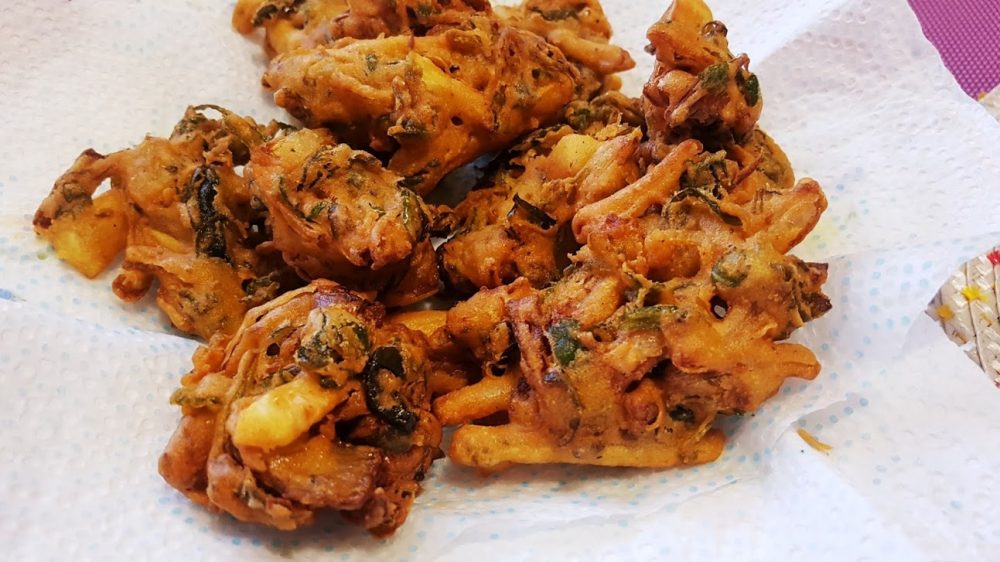
These deep-fried fritters are made with vegetables, chickpea flour, and a blend of spices, making them a tasty and satisfying treat after a day of fasting. There are many different types of pakoras, each with its unique flavour and texture. Some popular pakoras include potato pakoras, onion pakoras, spinach pakoras, and chicken pakoras.
To make pakoras, the vegetables or meat are cut into small pieces and mixed with a batter made from chickpea flour, spices, and water. The mixture is then deep-fried until golden brown and crispy, giving them a satisfying crunch.
Pakoras are a great source of protein and fibre, as well as essential vitamins and minerals. However, they are also high in calories and fat due to the deep-frying process. To make pakoras a healthier option, they can be baked instead of fried, and the batter can be made with whole wheat flour instead of chickpea flour.
Pakoras are often served with various chutneys, such as mint chutney, tamarind chutney, or coriander chutney. These chutneys provide a tangy and spicy flavour that compliments the crispy texture of the pakoras.
While pakoras are delicious, consuming them in moderation during Ramadan is important, as they are deep-fried and high in calories. To balance the meal, it’s recommended to pair pakoras with fresh fruits and vegetables, lean proteins, and whole grains to ensure a well-rounded Iftar menu.
Samosa
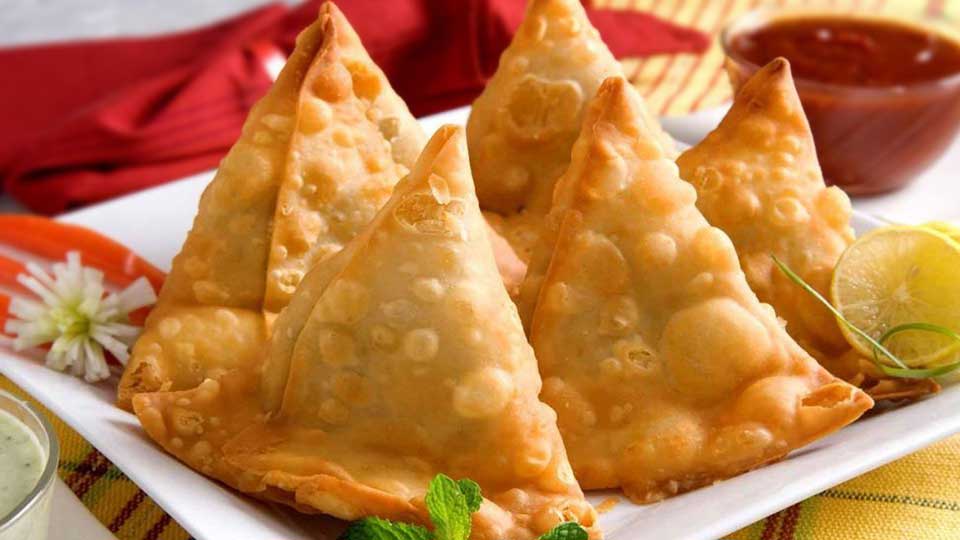
Samosas are commonly served during Iftar in Ramadan. This crispy, triangular-shaped pastry is filled with spiced vegetables or meat and is a favourite among many people.
Samosas have a rich history and are believed to have originated in the Middle East before spreading to other parts of the world. Today, they are a staple snack in many countries, including India, Pakistan, and Bangladesh, and are enjoyed by people of all ages.
To make samosas, the pastry dough is filled with a savoury mixture of ingredients, such as potatoes, peas, onions, and spices, before being deep-fried until crispy. They are often served with chutney or yoghurt dip, adding an extra layer of flavour.
Dahi Phulkiyan
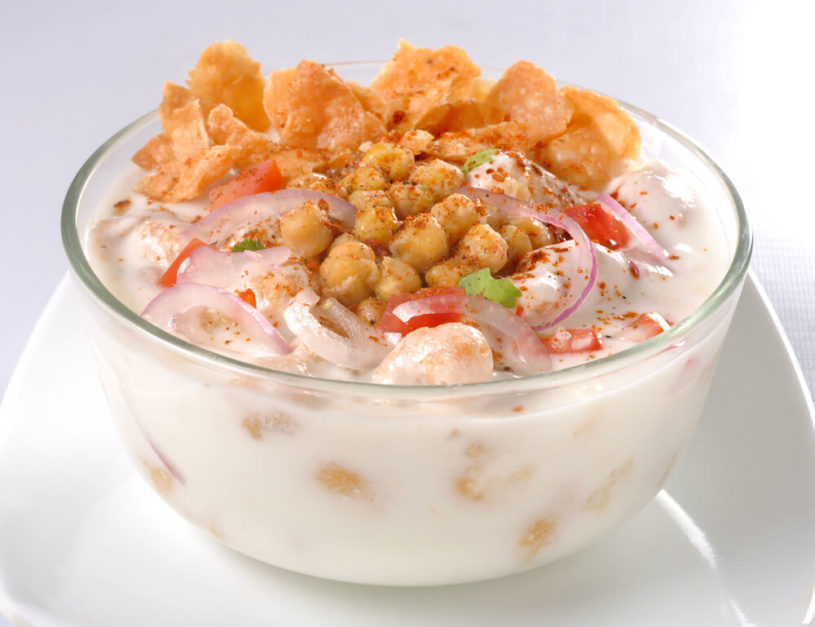
Dahi Phulkiyan is another popular dish commonly served during Iftar in Ramadan. It is made with lentil fritters that are soaked in a creamy yoghurt sauce and garnished with various spices, herbs, and chutneys.
To make dahi phulkiyan, a batter is made with a combination of lentil flour and spices, which is then deep-fried into small fritters. The fritters are then soaked in a bowl of water until they become soft and spongy, and are then squeezed to remove any excess water.
Next, a creamy yoghurt sauce is prepared by mixing together yoghurt, sugar, salt, and various spices. The soft fritters are then added to the yoghurt sauce, and the dish is garnished with chopped onions, coriander leaves, tamarind chutney, and mint chutney. The result is a delicious and refreshing dish that is perfect for Iftar.
Dahi phulkiyan is a great source of protein and essential nutrients, including vitamins, minerals, and fibre. The lentil fritters are a good source of plant-based protein, while the yoghurt provides probiotics that are beneficial for digestive health.
In addition to being a popular Iftar dish, dahi phulkiyan is also commonly served at other special occasions and celebrations, such as weddings and festivals. Its creamy and tangy flavour, combined with the soft and spongy texture of the fritters, makes it a beloved dish among many people in South Asia.
Chana Chaat
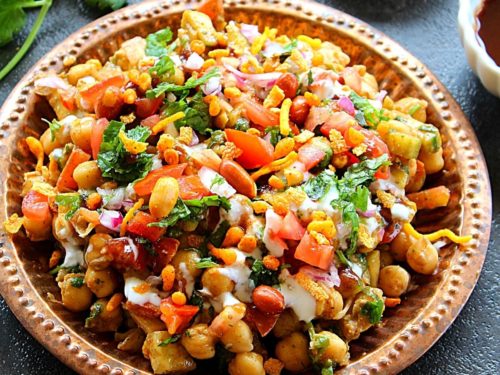
Chana Chaat is also a popular dish that you can try for your Iftar menu during Ramadan. It is made with chickpeas that are simmered in a spicy tomato-based sauce and a blend of aromatic spices.
To make chana chaat, dried chickpeas are soaked overnight and then cooked until they become tender. A tomato-based sauce is prepared by sautéing onions, garlic, and ginger and then adding cumin, coriander, turmeric, and garam masala. The cooked chickpeas are then added to the sauce, along with some water. This is then simmered until the sauce thickens and the flavours meld together.
It is commonly garnished with chopped onions, coriander leaves, and a squeeze of lemon juice. This provides a fresh and tangy flavour that compliments the spicy and aromatic sauce.
It is also a great source of plant-based protein, while the spices used in the sauce provide various health benefits. This includes reducing inflammation and improving digestion.
In addition to being a popular iftar dish, chana chaat is also commonly served at other special occasions and celebrations. Its rich flavour, satisfying texture, and nutritional benefits make it a beloved dish among many people in Pakistan.
Fruit Chaat
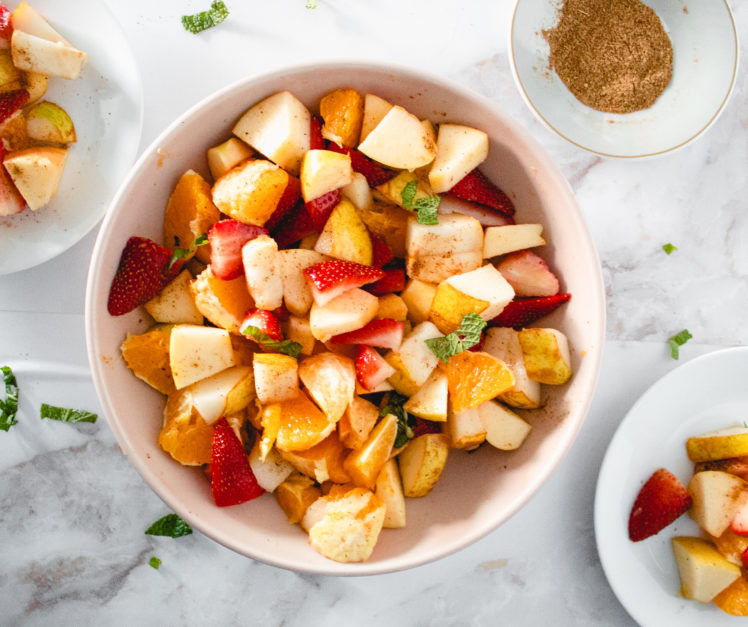
Fruit chaat is a highly nutritious item to include in your iftar menu. It is a colourful and refreshing mix of seasonal fruits combined with a tangy and spicy dressing. This makes it a perfect dish to break the fast.
The fruits used in fruit chaat can vary depending on the season and availability. Common fruits used in the dish include bananas, apples, oranges, grapes, pomegranates, and kiwis. The fruit is chopped into small pieces and mixed together in a large bowl.
The dressing used in fruit chaat is what makes it unique and flavorful. It is made by mixing spices such as cumin, chaat masala, salt, and red chilli powder, along with lemon juice and sugar. The dressing is poured over the fruit, and the mixture is gently tossed together to ensure that the dressing coats all of the fruit evenly.
Fruit chaat is a healthy and nutritious dish. It is low in calories and high in fibre, vitamins, and antioxidants. The combination of different fruits ensures that the dish is packed with a variety of nutrients, while the spicy and tangy dressing adds flavour without adding excessive amounts of sugar or fat.
In addition to being a popular Iftar dish, Fruit Chaat is also a popular street food in South Asia. These vendors often sell it in small paper cups. It is a perfect snack for hot summer days, as the juicy and refreshing fruits provide energy and hydration.
Overall, fruit chaat is a delicious and healthy dish that is perfect for breaking the fast during Ramadan. Its combination of colourful fruits and tangy-spicy dressing makes it a refreshing and flavorful option that many people love.
To read more about the shopping list for Ramadan, visit Graana Blog.
